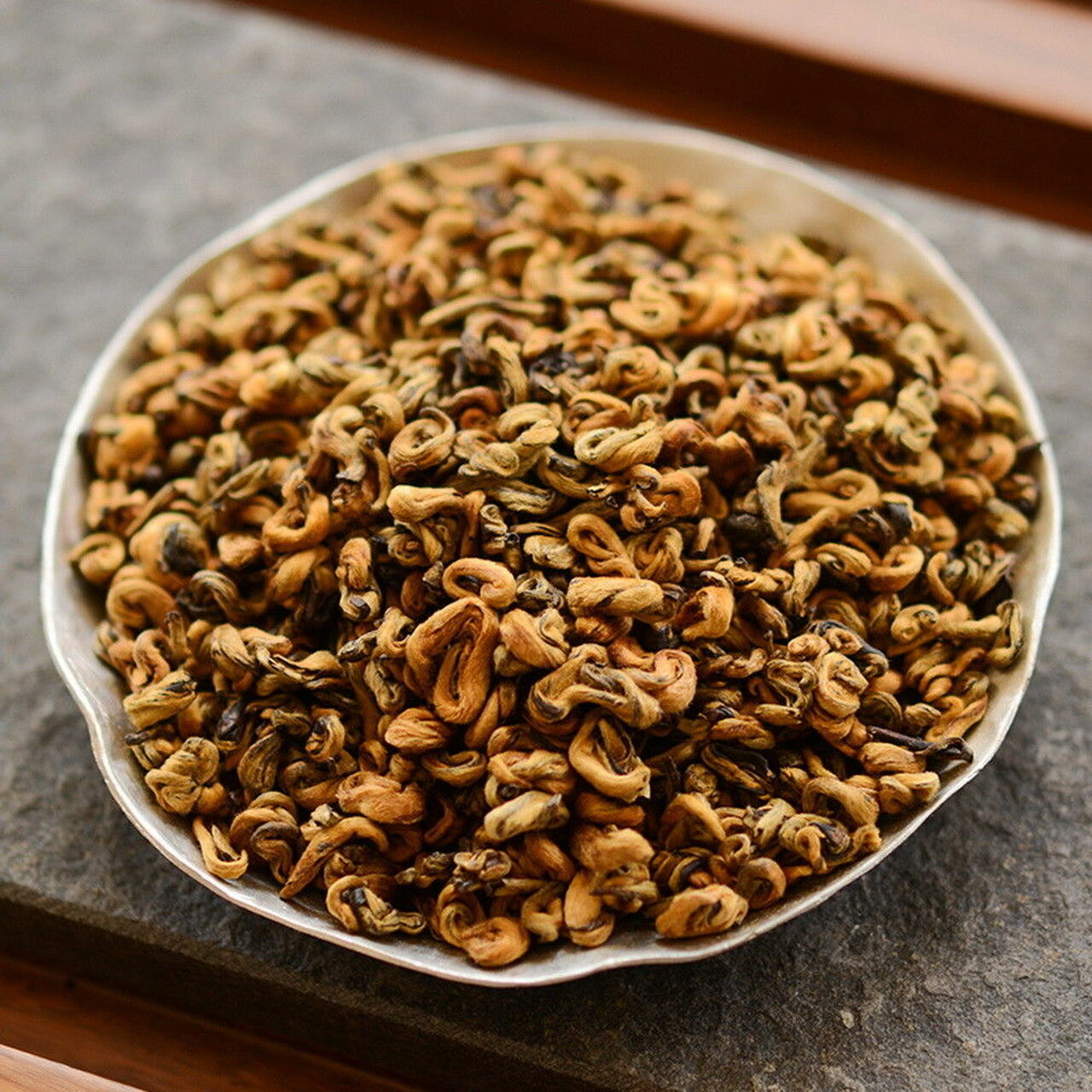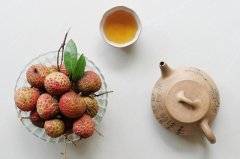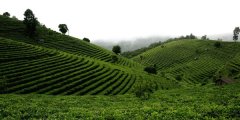Where is the best quality of black tea in China? how much is the price of Yunnan Honggongfu black tea per jin?
Black tea, also known as "black tea" by the Chinese, is the most common product in tea trees. It is produced by blackening freshly picked tea leaves by oxidation of a large number of cells. Although black tea is the least popular kind of tea in China, it is drunk all over the world.
Different styles of black tea
There are three different ways of producing black tea in China.
1. Zhengshan race, the original style of black tea Wuyi Mountains. The more advanced ones are made up of open leaves, which are dried by a wood-burning earthen stove. Such ovens are thought to have evolved, or at least similar to those for drying tobacco. This treatment of the tea may deliberately expose the dried tea to the smoke of Masson pine to give its tea a prominent tarmac feature. This is not the original intention.
2. Kung Fu black tea-sometimes known as "kung fu tea" black tea comes from Western sources. "Kung fu" refers to the patience and skill required in the production process. This is the most extensive kind of black tea produced in China. Keemun Black Tea and Dian black tea are both Kungfu Tea. Traditionally, this method requires picking entire buds and leaves by hand. After a considerable amount of manual processing, high-quality samples of Gongfu black tea are dried with charcoal, while electric dryers can be done at a lower level. Good kungfu teas will maintain a recognizable leaf shape, although lower-grade black teas will also be chopped up like red spike teas.
3. Broken black tea-broken black tea is specially for foreign consumption. This kind of tea is mass-produced by modern machinery and classified according to the grading system used in the international market.
Black tea producing area
Black tea has a wider range of quality than any other tea-most of which are planted and mechanically harvested on a large scale in places such as India, Sri Lanka and Kenya. The main black tea producing areas in China; Zhengshanzheng small farms in Yunnan, Anhui and Tongmu Village in Wuyi Mountain are finally recognized as truly top tea in China. They are hand-picked and hand-processed to achieve an accurate amount of oxidation (exposure to air at critical stages of processing, also known as fermentation) to produce a unique rich black tea flavor and beautiful amber to red.
Other types of black tea and their areas
From Zhen Shan Xiaozhong in Tongmu Village, Wuyi Mountain in northern Fujian, to Qimen in Anhui Province, and then to Dianhong in Yunnan, black tea production culture has a direct inheritance chain.
The origin of Qimen is also controversial. The legend is that Yu Gancheng began to make Qimen in 1875 or 1876. He was an official in Fujian, probably spent some time in Wuyi Mountain, and then moved to Qimen to try to make black tea. In 1916, however, a magazine from the Ministry of Agriculture attributed the credit to Hu Yuanlong of Qimen. No matter which one is true, the date is beyond doubt. Huangshan area, famous for its green tea and tea-making techniques, changed fundamentally after the Ming Dynasty banned cakes and became the root of modern tea-making, resulting in a delicious shrub called Zhu Yezhang. This was once a shrub and became the source of Qimen tea, and the only black tea became a famous Chinese tea. Its sweetness and spiciness make it Queen Victoria's favorite.

Yunnan
In 1938, Feng Shaoqiu came from Qimen to work at the newly established Yunnan China Tea Trading Company. Together with Fan Hejun, he evaluated the tea sources of Menhai and Feng Qing to make black tea. They settled in Fengqing area and opened a Yunhong factory there in 1939. In 1940, they changed their name to Dianhong. This tea is famous for its sweetness and beautiful color and is still the key to Asian Lipton blended tea. In 1989, the British supplied the factory with CTC machines. Before that, tea was made in the traditional way.
It is worth noting that Robert Robert Fortune, a famous British Scottish tea spy, entered China dressed as a Chinese and came to Wuyi Mountain in a sedan chair. He brought tea seeds and cuttings that he had planned to plant in Darjeeling, but he did not learn the deepest secret of making tea. It took the British 20 years to get potable crops. Until today, Chinese black tea is still very different from international black tea. Chinese black tea has a special sweet taste and is unlikely to become bitter. In the past few years, the consumption of black tea in China has increased because modernization has exposed Chinese people to a kind of tea of their own, which has not appeared on the international market until recently.
Important Notice :
前街咖啡 FrontStreet Coffee has moved to new addredd:
FrontStreet Coffee Address: 315,Donghua East Road,GuangZhou
Tel:020 38364473
- Prev

Why Earl black tea and litchi black tea have fragrance do they use essence? Detailed explanation of the production method of seasoned tea
Seasoned tea is the most popular all over the world. The famous jasmine tea, Masala tea and Earl Grey Tea are all made of tea leaves and added flavor. Despite occasional purist snobbishness, flavored tea ranges in quality from mass-produced tea bags at grocery stores to whole-leaf tea bags seasoned with organic ingredients. To check the quality of seasoned tea, it is important to ask for extra
- Next

The Origin, Development and History of Zhengshan Race Black Tea A short story about Jin Junmei's origin
The colorful history of black tea there is still a lot of debate among tea scholars about when black tea was invented. What we can be sure is that by the 16th century, black tea began to appear in China's tea market.
Related
- The milk tea cup becomes smaller?! Overlord Tea Girl launches a new "Return to Yunnan" series
- Accused of selling counterfeit and high-priced coffee beans! Well-known boutique coffee brand "Oukelao" bowed and apologized!
- How to make espresso dumplings? Can I eat coffee and glutinous rice balls together?
- Save the unformed and stagnant powder cakes in one second! What is the problem with stagnant water in the powder bowl of the espresso machine?
- What does hand-brewed coffee stop mean? Why is it not recommended to make coffee by hand?
- Is it normal to smell like coffee? Why does coffee smell like alcohol? What's wrong with the strong smell of cold extract ice dripping ice brewed coffee?
- How to solve the problem that hand-brewed coffee extraction takes too long? Why is the water flowing so slowly when making coffee?
- The main points of making Australian white coffee, the proportion details, how does Australian white properly foam and blend the flowers?
- Can ice water make cold extract coffee? What is the difference between room temperature water and ice water for making cold coffee?
- What milk is best for making latte and white Dirty coffee? What is the difference between different brands of fresh milk and pure milk for making coffee?

